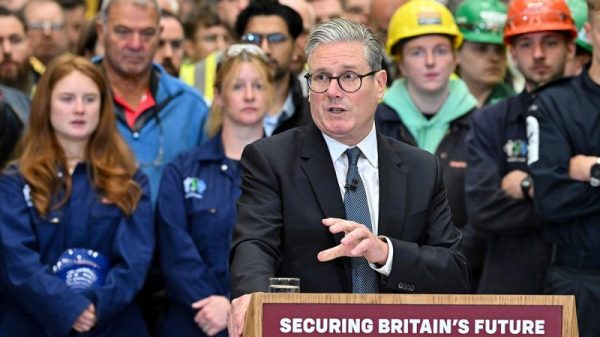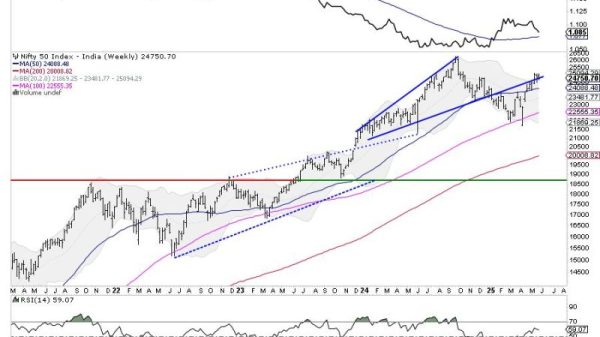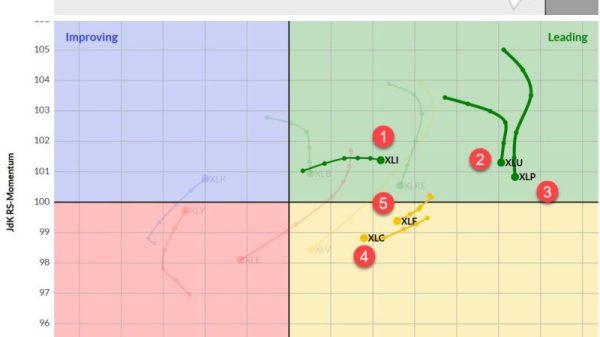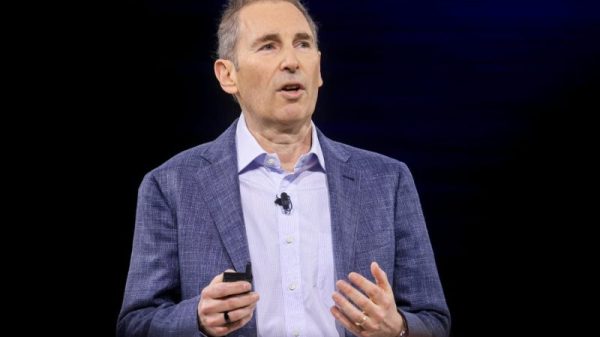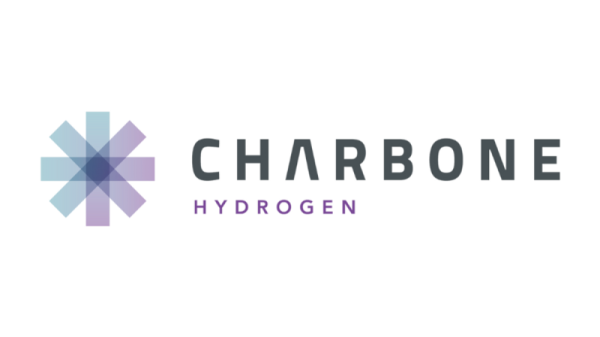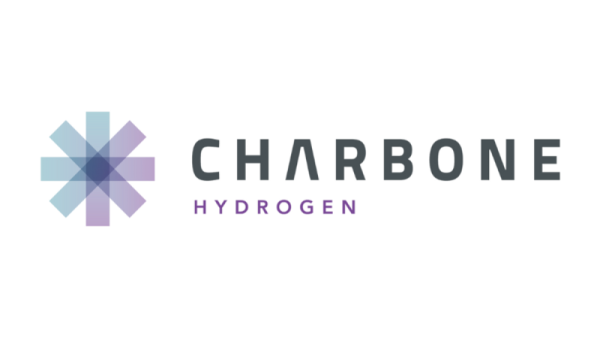Workplace safety and health remains paramount to workplace operations. Protecting your workforce isn’t just a legal duty, but a moral one, and one that will help minimise downtime and fines.
While workplace health and safety in the UK entered maturity a few decades ago, 2025 continues to move the goal posts on what’s expected.
Key UK & EU developments
Regulators across the UK and EU are focused on adapting safety protocols for the modern work realities, which do continue to change. In the UK, the Health and Safety Executive (HSE) is body that prioritises the reduction of work-related ill health. This isn’t just directly about heavy machinery and physical threats, but mental health too.
Stress, depression, anxiety and musculoskeletal disorders remain major concerns affecting 1.7 million workers in 2023/24. On the back of the recent news about how there are record numbers of young people in the UK not entering the workforce post-covid, there are many theories as to why, but mental health is one of them. Therefore, it could be seen as a macroeconomic policy to ensure the mental health safety of those at work, because it can help prevent them leaving the workforce for good.
Of course, the HSE inspections do often target high-risk sectors, like healthcare, social work, construction, agriculture and transport. While major legislative overhauls aren’t exactly imminent, focus remains on enforcing existing laws robustly, considering implications of trends like hybrid working and the Building Safety Act. So, it’s about adjusting to changing habits.
Across the EU though, the Strategic Framework on Health and Safety at Work 2021-2027 is what guides efforts pushing a ‘Vision Zero’ approach to eliminate work-related deaths. EU-OSHA uses insights from the 2024 ESENER survey, and it highlights persistent psychosocial risks like stress and time pressure, as well as the challenges from digitalisation like remote work safety. There’s a clear need for better management of these risks, starting with education about them, because we don’t have a long history of exposing ourselves to the dangers of remote work, for example. This ensures effective employee consultation especially concerning digital technologies.
2024/2025 accident rates & risk trends
Statistics are a good way of representing the need for vigilance. The UK HSE reported 138 worker fatalities in 2023/24, which was a slight increase of 2, which could be deemed as statistical noise. It’s not so much the increase that raises concerns here, but the inability to further reduce them reliably over time.
Worryingly deaths among the public due to work activities also rose, reaching 87 that year. Construction saw an increase in fatalities (51) while transport/logistics saw a decrease (11). Agriculture remains high risk, too.
The non-fatal picture is that 1.7 million suffered work-related ill health (slightly down from the year before) including 776,000 stress/depression/anxiety cases and 543,000 MSD cases (up). Of course, it’s expected that mental health cases fall due to the unique environment that the pandemic had, and thus is treated as a one-off peak. It’s difficult to get a picture of whether the situation has improved when discounting the pandemic. But, of course, the impact lingers too and cannot be undermined.
The Labour Force Survey estimated 604,000 non-fatal injuries (up from 561,000 during the previous year), with slips/trips (31%) and handling (17%) being the common causes. The economic burden hit £21.6 billion in 2022/23 from these injuries, proving it to be in the governments best interests – not just for business success and private companies – to fix.
The latest EU-wide data showed 3,286 fatal accidents, which is slightly down from the previous year, with construction playing the biggest role at 22.9%. Non-fatal accidents rose to around 2.97 million, which was deemed to be linked to post-COVID returns. ESENER 2024 also found that prolonged sitting affected 64% of EU workplaces and was a big concern.
Technological advancements
Innovation can play a central role in how we try to improve workplace safety. Artificial Intelligence is transforming safety management via predictive analytics, as it identifies risks before incidents even occur – this is through complex pattern recognition and supervised learning. Computer vision systems help monitor sites for PPE compliance, which is relatively straight forward, but it can also scan for unsafe conditions more broadly.
VR/AR training simulations are also becoming popular, as the extra immersion has proven to increase the efficacy of the training as workers, particularly visual learners, can be exposed to more realistic situations.
Smart Personal Protective Equipment is also emerging as an important trend, with helmets, vests, gloves and boots all integrated with sensors that monitor the impact of environmental hazards. Biometrics and worker fatigue can also be tracked in real-time, but we’re not yet sure where it will lead.
Proactive safety for 2025
Workplace safety in 2025 requires staying informed. More than ever, in fact, the changes in regulation are coming from changing in technology. So, while our work and safety landscape may seem settled and mature, technology, IoT and AI are far from mature – they’re constantly presenting us with new solutions.
Read more:
Workplace Safety & Health News: What you need to know in 2025





